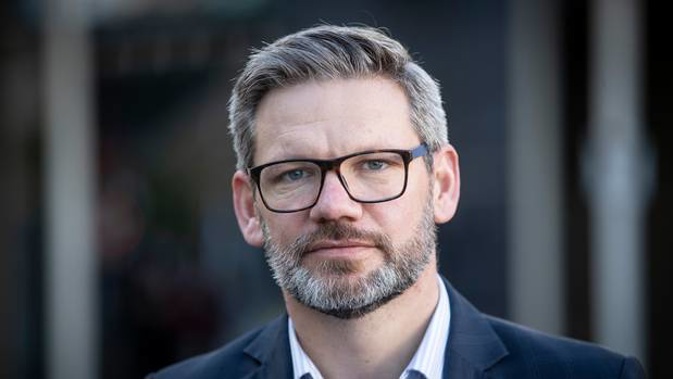
The Government will spend more than $180 million on supporting and housing an additional 500 refugees over the next five years.
This is on top of the roughly $100m a year it costs to service the current annual quota of 1000 refugees.
In September, Prime Minister Jacinda Ardern announced the Government would lift the annual refugee quota by 500 people to 1500, starting July 2020.
She called the "significant and historic increase" the "right thing to do".
"It fulfils New Zealand's obligation to do our bit and provide a small number of people, displaced by war and disaster each year, a place to call home."
A Cabinet Paper written by Immigration Minister Iain-Lees Galloway on the proposed increase, released under the Official Information Act, echoed much of the Prime Minister's sentiment on the issue.
It said the global population of people forcibly displaced had increased by more than 50 per cent over the last 10 years, climbing to a record high of a total of 68.5 million people in 2017.
Lees-Galloway said in the paper that increasing New Zealand's refugee quota would have other benefits for New Zealand as a whole.
These include providing the Government with an opportunity to work with local communities towards a "common goal, building social cohesion and contributing to economic growth".
The paper reveals the full cost of the increase of the annual quota as $182.5m over five years.
This number included the capital costs of building work required at the Māngere Refugee Resettlement Centre, as well as the operating costs for further initiatives to meet housing requirements for the additional refugees.
The bulk of the $182m was earmarked for 2020 onwards. Roughly $31m was allocated to the 2020/21 and 2021/22 financial years.
That figure jumps to roughly $34m in 2022/23 and 2023/24. Just over $35m was allocated for 2024/25 and the "outyears".
Included in this funding is $32m, allocated over three years, for housing.
This year's Budget allocated $6.2m of new operating funding over the next four years, and $7.7m of new capital to build and operate two new accommodation blocks at the Centre.
Lees-Galloway estimated a further 149 public housing places a year would be required to house the new refugees.
Although it's not clear which part of world the additional 500 refugees would come from, the Cabinet paper showed half of the 2016/17 refugee quota came from the Asia-Pacific region.
Some 22 per cent came from the Americas, and 14 per cent came from the Middle-East and Africa respectively.
This was despite 44 per cent of all global refugees (630,000) being from Africa. Seven per cent (102,000) came from the Asia-Pacific region and just 0.3 per cent (4074) came from the Americas.
On Monday, an Immigration NZ Spokeswoman told the Herald the Government "is committed to ensuring the successful resettlement of all refugees that come to New Zealand".
"The strategy focuses on employment, participation in the community, education, health and housing which are all recognised as supporting successful settlement outcomes."
She said refugees make a positive contribution to New Zealand and bring a range of skills and experiences to our already diverse communities.
Take your Radio, Podcasts and Music with you









